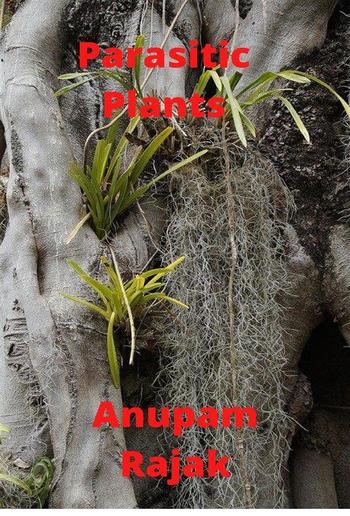
Anupam Rajak - Parasitic Plants
Parasitic Plants
Anupam Rajak
Description
Welcome to Parasitic Plants. This book is helpful to students, schlors, researchers, and interested readers.
Without plants, we donot live on the Earth. Plants are very important for our life. Plants absorb carbon dioxide and release oxygen into the environment. Plants provide us to food, medicine, oxygen, wood, fibres, pesticides, oils, rubber, and more essential things.
Parasitic plants is a plant that obtains nutrients from another living plants. Parasitic plants have modified roots. These modified roots are called haustoria. Haustoria are penetrate the host plant and connecting them to the vascular tissue such as xylem and pholems. Xylem conducts water while phloem conducts food.
Parasitic plants penetrate the living tissues of another living plants and extract resources such as water, nutrients, and macromolecules. They are attached to plants root, and stem.
Although 292 genera and ca. 4750 species of flowering plants are parasitic, only about 25 genera are considered pathogens owing to their negative impact upon host plants cultivated by humans (Nickrent & Musselman, 2016).
The first chapter gives importance of plants. The second chapter gives definition and classification of parasitic plants. The second chapter also gives definition of mycoheterotrophic plants, haustoria, and symbiotic plant. The third chapter describes various parasitic plants like Viscum album, Rafflesia arnoldii, Orobanche ramosa, Cuscuta campestris, Orobanche aegyptiaca, Orobanche crenata, Orobanche minor, Cuscuta reflexa, Cassytha filiformis, Cuscuta europaea, Cuscuta epithymum, Rhinanthus minor, Cuscuta pentagona, Phoradendron leucarpum, Pedicularis palustris, Hydnoroideae, Cuscuta chinensis, Dendrophthoe falcata, and Striga hermonthica.

